Shooting a whole load

Many years ago when I started long range shooting I had to break a habit; I shifted focus to a less is more paradigm. Shooting at long range is about making each bullet count for something rather than sending a whole load of them knowing some would be ineffective. Hit probability percentage was important and everything I did revolved around putting an accurate round on the target the first time, every time.
There's many elements to long range shooting and I've touched on many loosely in my blogs over time. One is the ammunition itself which, due to the need to send rounds with first-time and repeatable accuracy, has to be made with precision, like the firearms that shoot them. Knowing how ammunition will work is critical to making the shot count and whilst many of the other factors cannot be controlled or predicted, the movement of a target and the environmental elements for instance, a round can be controlled.
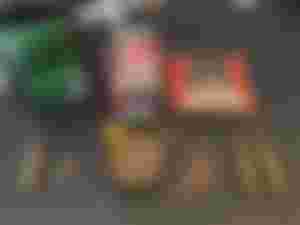
I make my own ammunition despite not needing to.
Match Grade ammunition is available which is factory made ammunition that achieves consistency through improved manufacturing techniques, tighter tolerances and better components like powders that burn more consistently and primers that ignite more efficiently, among other things. It is expensive, but when it comes for free is a viable option I suppose. I've shot a lot of it and have had predictable and consistent results.
So why would I make my own?
The answer is simple, I want better results, a more tailored round and the ability to be a little more self sufficient.
I don't want to get technical here, but when I set up a rifle I match the ammunition it fires to it. This is called load development. It's a complex and time consuming process where different amounts and types of gun powder are tested along with other things like different primers, projectiles (the bullet that flies down range), neck tensions and seating depth. Depending on how each shoots an ideal load is found that matches the barrel harmonics and shoots accurately and repeatedly at the 100m test range.
I've simplified it above as it can get complicated.
Different projectiles like different things like twist rates, powders, primers and such but lets use the seating depth for instance.
This is the depth at which the projectile is seated within the case and it effects the jump to the lands of the barrel. The jump is the distance between the ogive of the bullet and the lands which is where the ogive engages the lands and begins to spin down the barrel. I have rifles that like a 0.20 of an inch jump or less and some don't care. It's important to get it right though as a minutely inaccurate rifle at 100m will miss by a mile at 1800m. It's all of the small things combined that matter.
It's really quite simple, but only when every element of the process, the science, comes together. Before then, it can seem very complicated.
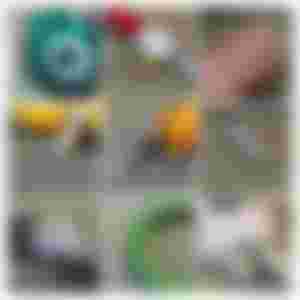
Making one's own ammunition is generally called reloading as it reloads spent cases and turns them back into live rounds. You can see the components in the second image from the top and in the main image some live rounds and spent cases, some of which I have already de-primed.
In the image directly above you'll see a few of the tools required for the job, just a few mind, there's more.
Above image
Top left to right: Bullet puller, OAL length gauge, gun powder granules
Middle left to right: Powder trickler, primer pocket reamer, case neck chamfer tool
Bottom left to right: Seating die, die adjustment tool, vernier caliper
Below image
Top: Projectiles, primers and powder
Middle left to right: Seating press and die, case measuring, case weighing (done to batch brass.)
Bottom left to right: Case priming tool, cleaning wet tumbler, two finished rounds
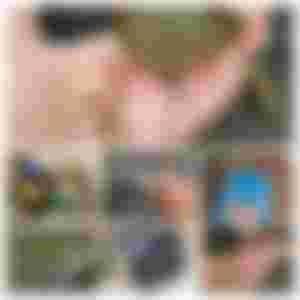
Making ammunition is something I do a lot simply because I shoot a lot.
I make various rifle rounds and handgun ammunition as well like 9mm, 38 Super and others. It's a constant job as I don't like my ammunition stocks to dip below a certain level. It's for various reasons one of which is I like to be prepared and another is so that I can ride out the peaks and troughs that occur in component supply and pricing.
Reloading one's own ammunition is done for various reasons with precision and cost saving being my main ones.
Some shooters hate it, others love it (like me) and many don't know how to do it. The latter group are usually those who don't shoot much and aren't that serious. They buy factory ammunition and shoot a little here and there and are happy with it. For me though, I'd never be able to afford buying factory ammunition considering how much I shoot. Also, with the long range stuff I do, factory ammunition isn't suitable as I mention above.
So that's about it. I know not many on ReadCash know anything about guns, or care for that matter, but I like to represent firearms as more than simply shooting cans in the back yard or mass killings. There is a lot in the middle and a lot of very normal, respectable people who get involved with firearms. It's interesting...There are so few people in the offline world who know I have firearms or my history of shooting them and if/when they find out they are shocked saying they never would have figured me for a gun person. Funny huh?
Gun people could be your doctor, priest, school teacher, check-out operator, boss, the person you bully around and tease at work, local politician, the nice lady at the plant nursery, even the kid your kid plays with. I am so much more than a firearms owner and shooter and despite knowing a whole lot about guns and the elements around it being a firearms owner doesn't define me.
Ok, so that's really it now.
Design and create your ideal life, don't live it by default - Tomorrow isn't promised so be humble and kind
Any images in this post are my own
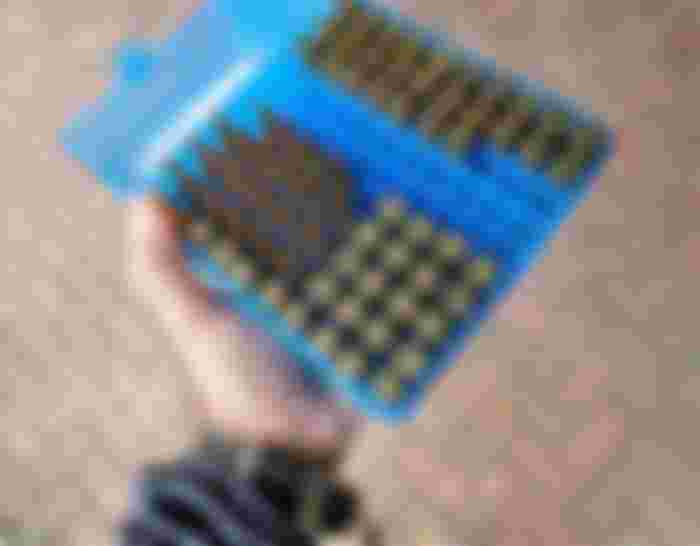
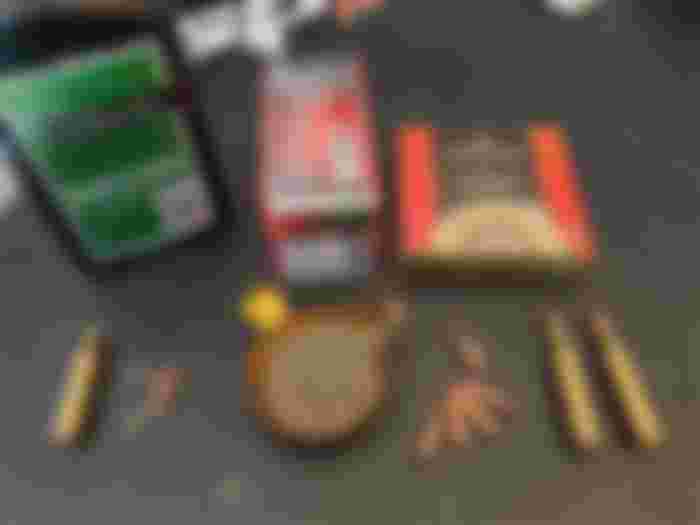


Firearms are considered as an enemy and a friend. A gun has no moral value because it don't have consciousness. The moral value will start on the owner and ends with the tip of the gun whether you will used it in a right way or the other side.